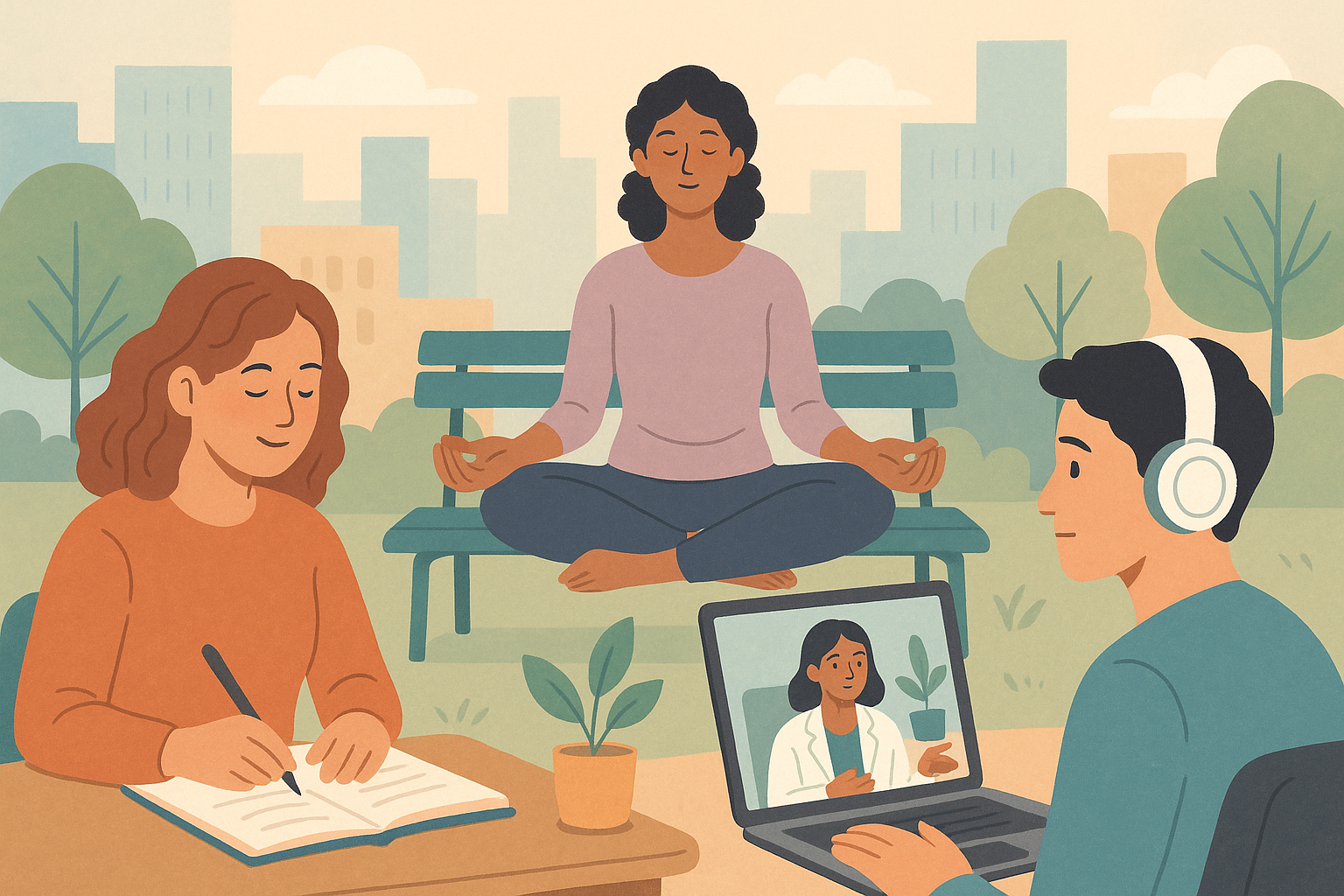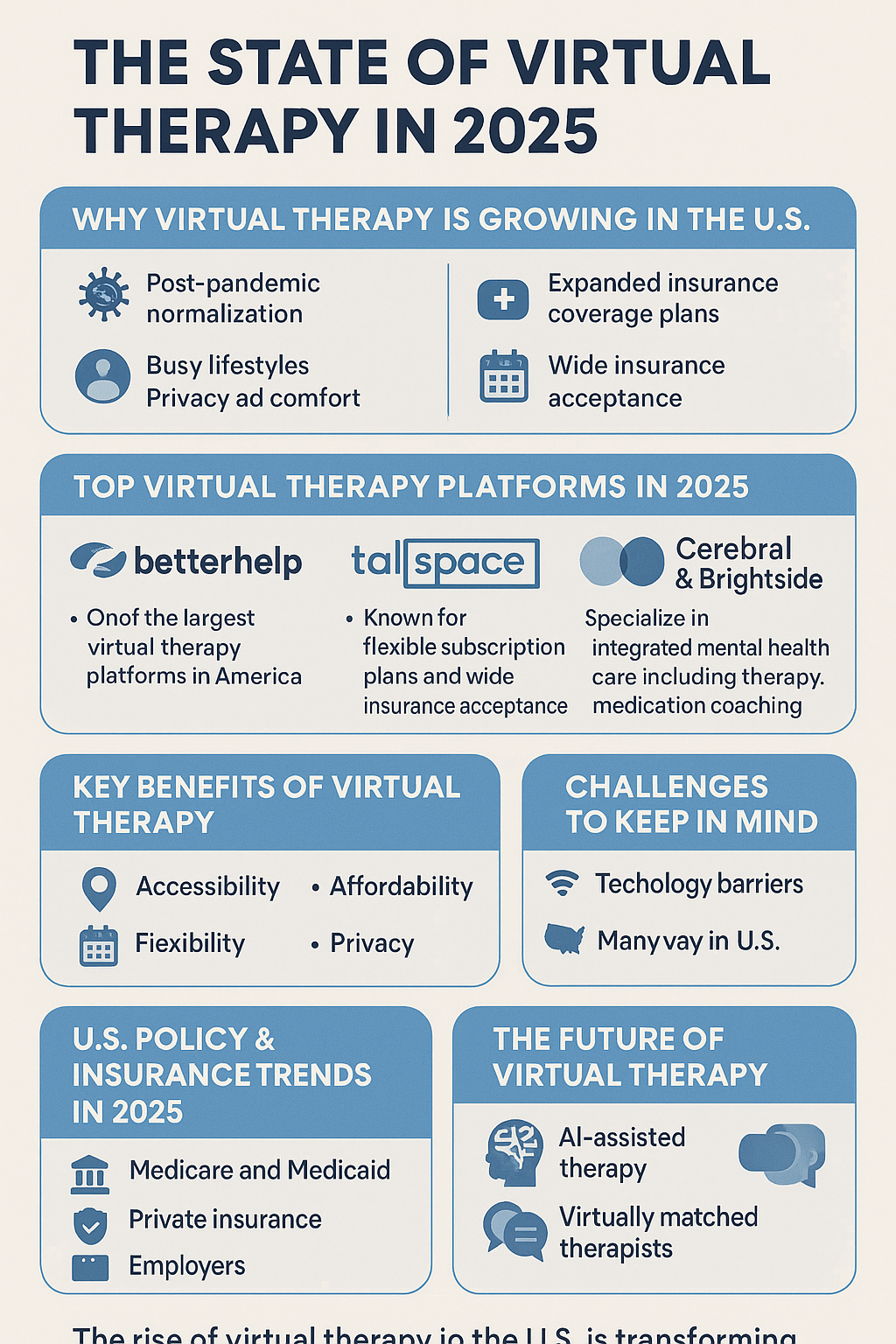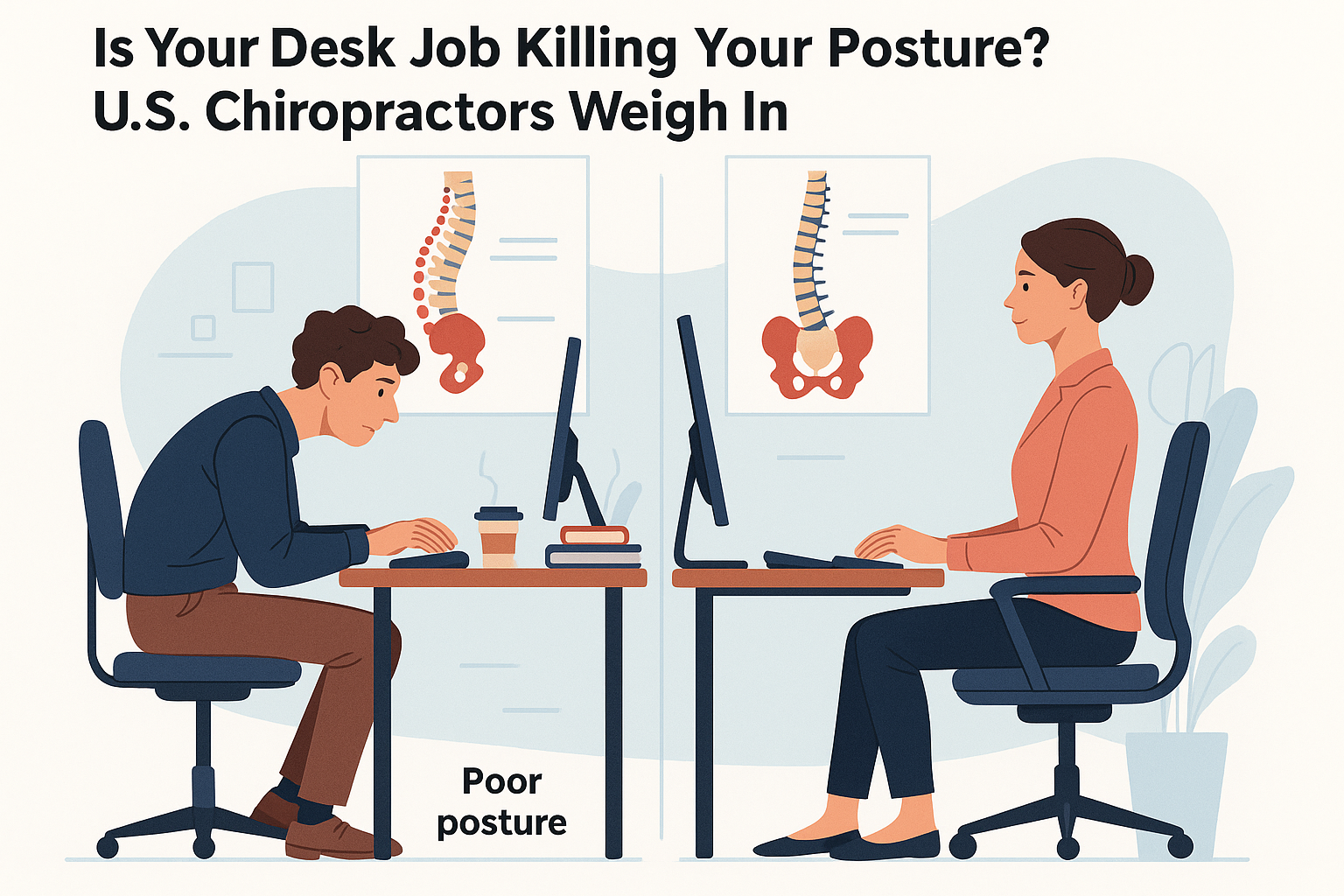
- July 17, 2025
- admin
- 0
Introduction
In 2025, mental health is no longer a side conversation—it’s front and center in American life. From tech innovations to workplace support and improved access to care, the U.S. is seeing a major shift in how people approach mental well-being. Let’s explore how this transformation is unfolding across various sectors.
1. Awareness Is Up, Stigma Is Down
More public figures are sharing their mental health journeys, helping normalize the conversation. Nationwide campaigns like #TalkAboutIt2025 and Mental Health Action Day are creating safe spaces for open discussions. According to Pew Research, 75% of U.S. adults now view mental health as equally important as physical health.
2. Digital Therapy & Wellness Apps on the Rise
Apps like BetterHelp, Talkspace, and Headspace are more popular than ever. AI-powered cognitive behavioral therapy (CBT) tools are delivering tailored mental health support. Even better, Medicare Advantage now covers e-prescriptions and teletherapy in many states, making access easier than ever.
3. Workplaces Are Getting On Board
From mental health days to on-site counseling, U.S. companies are stepping up. Employers like Google, Target, and Salesforce offer mental health stipends, stress reduction workshops, and expanded EAPs. In fact, 85% of companies now include mental health in their benefits package—up from just 60% in 2020.
4. Supportive Schools & Universities
Schools are integrating mental health education, resiliency programs, and peer-led groups. Colleges now offer 24/7 virtual counseling and mindfulness spaces. Initiatives like Student Wellness Week are teaching students proactive care and coping skills.
5. Policy & Insurance Are Catching Up
Federal policies have expanded telehealth under Medicare and funded crisis services like the 988 Lifeline. More states now require insurance providers to offer equal coverage for mental health. Veterans and first responders are seeing targeted support via grants and legislation such as the PACT Act.
6. Community-Based Mental Wellness Initiatives
Local nonprofits and grassroots groups are bringing mental health support to where people live. Free group therapy sessions, art therapy classes, and peer-led support circles are on the rise. Even public parks now include mental health trails with mindfulness activities.
FAQs
Q1: Is teletherapy common in 2025?
Yes, it’s widely available, often covered by insurance, and easily accessible online.
Q2: Are mental health days accepted by employers?
Absolutely—many companies now treat them as legitimate paid time off (PTO).
Q3: Do schools provide mental health services?
Many schools offer counseling, peer support, and even dedicated mindfulness rooms.
Q4: Is therapy affordable?
Thanks to expanded insurance and free community resources, therapy is more accessible than ever.
Q5: Are mental health apps effective?
Yes, apps like Headspace and AI-driven CBT tools are proven to reduce anxiety and stress.
Q6: What’s the quickest way to get help?
The 988 crisis hotline and mobile apps with 24/7 chat functions offer immediate support.
Conclusion
The mental health movement in 2025 is stronger than ever. With rising awareness, digital innovations, inclusive policies, and community-based support, Americans are changing how they care for themselves and others. The future of mental wellness is here—and it’s collaborative, compassionate, and tech-powered.


